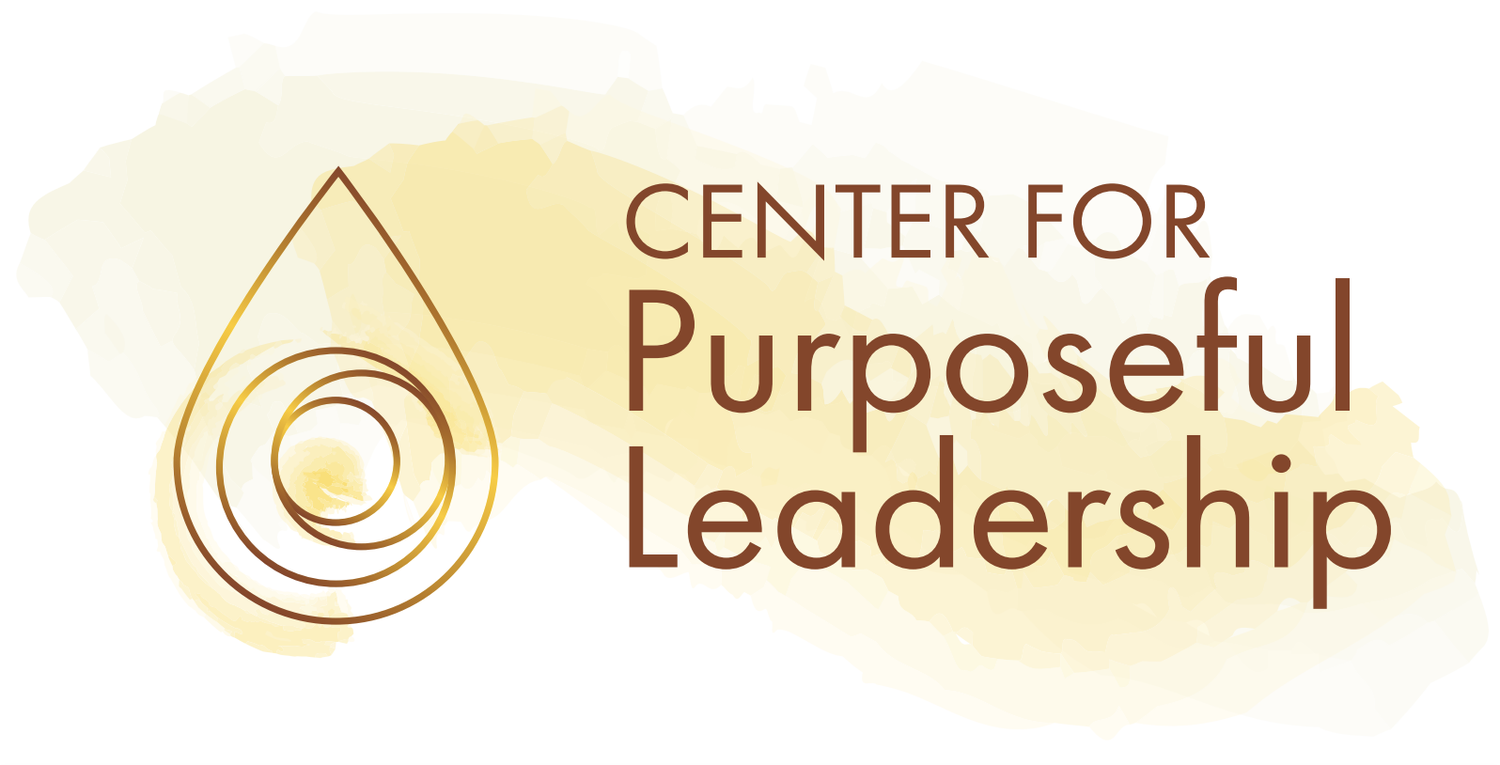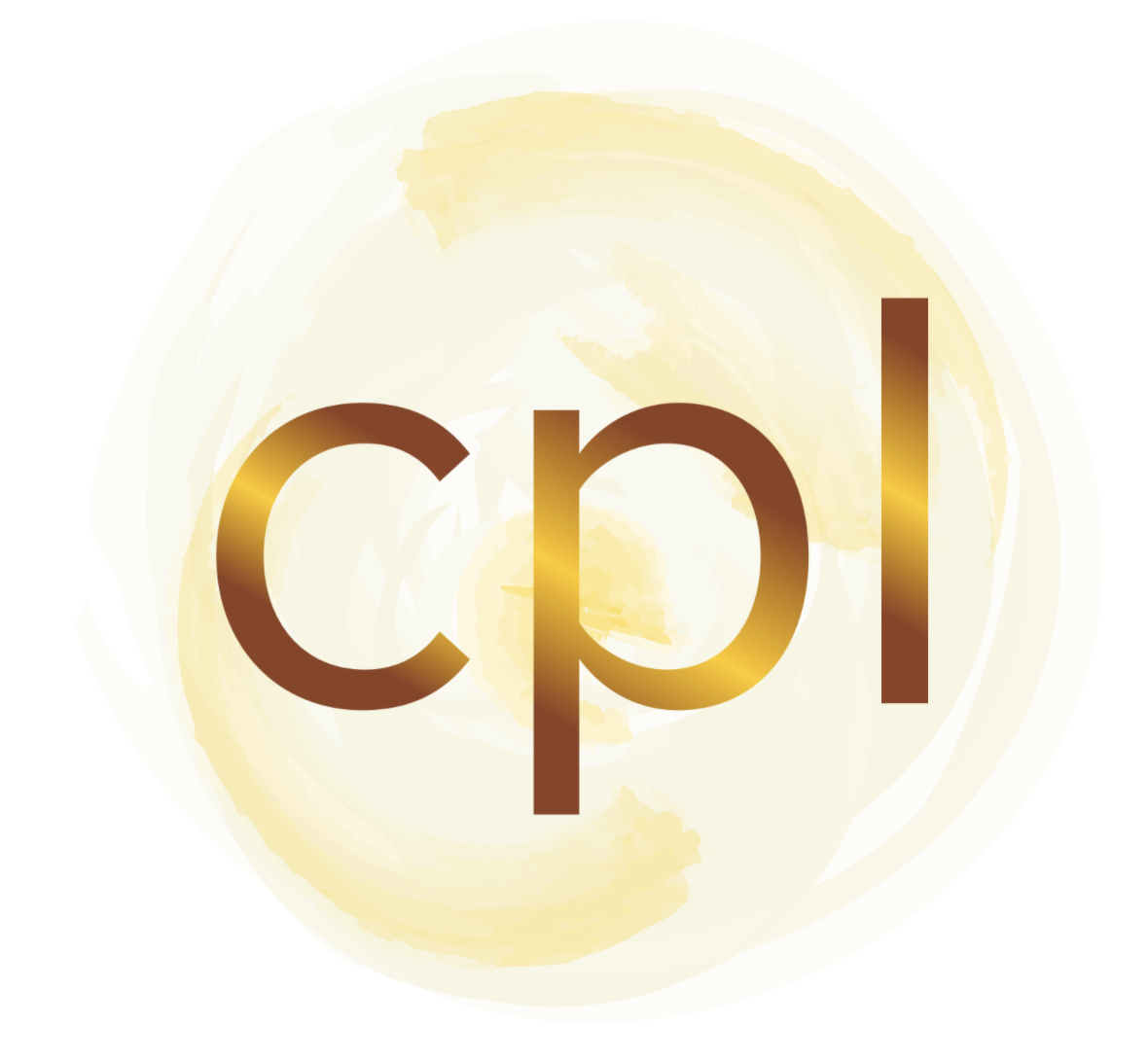Field Awareness, Part II
Knowing, Leading, and Co-Creating
Written by: Greta Seitz
If you have not done so already, I highly encourage you to go back and read last week’s blog post about Field Awareness, Part I to learn more about our conversation starter Alan Briskin and the topic of fields as it pertains to knowing, leading, and co-creating. As a reminder, Alan and colleague Mary Gelinas describe fields as the following,
A field is a dynamic, living series of perceptible forces emanating from multiple sources inside and around us that influence how we feel, think, and behave. Everywhere: within a person, among people, ideas, social institutions, and physical forces. A network of interacting relationships, some more evident than others. —Alan Briskin and Mary Gelinas
This week’s Essential Conversation really looked at how we can implore fields for our own personal and collective healing. We began with a question of energy, as we as humans and the world around us are all comprised of energy. As the conversation progressed, we dove into collective feelings and the world around us. It’s undeniable, there is worry, anxiety, and deep troubling surrounding the state of our society, politics, culture and more. That being said, how might we use this tension as a transition into fields of growth and healing. Members of the group shared their own personal experiences looking at the power of presence in whatever form that may be. One member shared her experience in her own awareness and action recalling a recent time in which despite her own grief, she stepped into a role of support by just being there for a friend in need- whether it be listening or distracting. Another member offered their reflections noting “presence in any role and manner has IMPACT.”
With that, the group transitioned into Wisdom Circles to discuss the following question, “Learning to create generative fields and disrupt dysfunctional ones will be the pioneering work of the next decades. What does this evoke for you?” Hearing from the group there were some amazing responses ranging from discussing the work that is already being done or just moments of gratitude for the learning and opportunity for practice within this space. Alan notes that we are all participating in a trauma field. Another individual who is experienced in field work notes that trauma responses are very reactive, they are in our nervous system: fight, flight, freeze. However, we must deal with trauma fields by making intentional choices. This can include stepping into those energetic fields of healing generated by prayer, meditation, conversation, and more.
The second Wisdom Circle looked at a question of action and looking beyond, “How can this collective leadership conversation, on the topic of fields, create impact beyond today?” For some, this area of work was new, while others were much more experienced. This is the beauty and power of the Essential Conversations, providing the space to learn from one another, discuss, practice, and explore in an environment that is intentional, safe, welcoming, and authentic. Friend and mentor of CPL, Peter Block says, “Conversations of depth, intimacy and idealism may be the most radical thing we can do for one another.” One of the barriers to field work is simply not knowing. In having this conversation, there is potential for strengthening existing positive fields within the practicing community as well as creating a network of new fields in subsequent groups and spaces. The work of CPL is not meant to be harbored but shared, creating a ripple effect of collective impact.
If you were not able to attend this Essential Conversation feel free to watch the recording at CPL Communities!
Join us next Monday, May 9th for “The Future of Leadership, Part I: Creating Spaces for Connection & Engagement”




